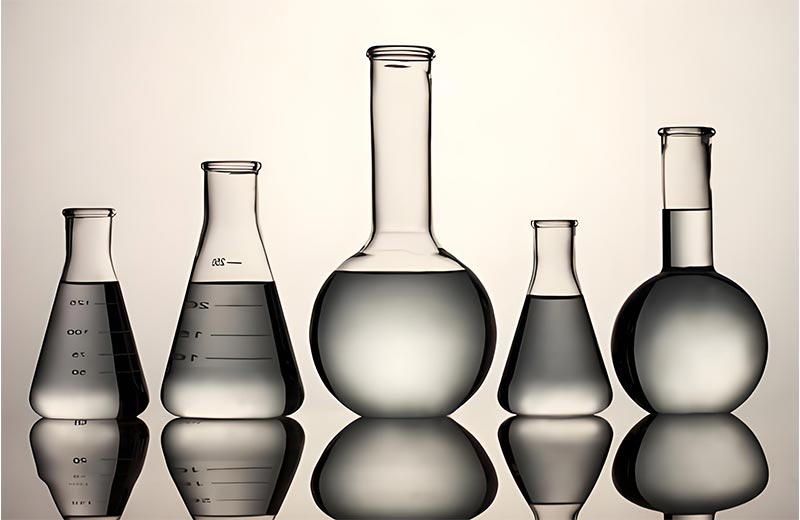The laboratory pure water system prepares pure water through a multi-stage treatment process including pre-treatment, reverse osmosis, ion exchange, electrodeionisation (EDI) and UV disinfection.The nine indicators routinely tested for laboratory purified water mainly include conductivity/resistivity, total dissolved solids (TDS), pH, microbiological content, total organic carbon (TOC), particulate matter, heavy metal content, and silica content.The following is a detailed description of the 9 routine indicators of laboratory pure water.

Pure water used in laboratories often needs to meet specific standards to ensure the accuracy and reproducibility of experiments.The main indicators of routine testing of pure water include the following:
1. Conductivity: A measure of the amount of ions in the water, usually in µS/cm or mS/cm, the lower the conductivity, the lower the concentration of ions in the water.
2. Resistivity: The opposite of conductivity, it is used to express the resistance of water to electrical currents and is usually expressed in MΩ-cm. Higher resistivity means purer water.
3. Total Dissolved Solids (TDS, Total Dissolved Solids): the total amount of all dissolved substances in the water, in mg/L or ppm. the lower the TDS value, the purer the water is.
4. pH: An indicator of the acidity or alkalinity of an aqueous solution, with a standard range usually between 5.0 and 8.5.
5. Microbiological content: Includes total bacterial counts, etc., and is used to assess the level of microbiological contamination in water.Laboratory water is generally required to be sterile or have very low bacterial counts.
6. Organic content: can be measured by TOC (Total Organic Carbon) in mg/L. The lower the TOC value, the less organic pollutants in the water.
7. Particulate matter: the number and size of non-dissolved solid particles suspended in water, important for certain precision experiments.
8. Heavy metal content: the amount of harmful heavy metals such as lead, mercury, cadmium, etc. present in μg/L or ppb. The presence of these elements may interfere with experimental results.
9. Silica content: Certain experiments are particularly concerned with the amount of silica in water, as silica can influence some chemical reactions.
These are some of the common test indicators for laboratory pure water.Different laboratories may have different standards and requirements according to their own needs.When purchasing or preparing pure water, it is recommended to understand the specific application requirements in detail and select a water quality grade that meets the requirements.

Erun environmental protection production laboratory pure water routine index 9 tester, designed for scientific research institutions, colleges and universities, and industrial laboratory design,Able to quickly and accurately test 9 key indicators of pure water, including conductivity/resistivity, total dissolved solids (TDS), pH, microbiological content, total organic carbon (TOC), particulate matter, heavy metal content, and silica content.Advanced sensor technology and intelligent algorithms are used to provide stable and reliable measurement results.The operation interface is friendly and supports a variety of data output methods for easy recording and analysis.Portable design for field and laboratory use.Suitable for a variety of laboratory pure water quality control needs, it is an indispensable tool to ensure the accuracy of experiments.For more information, you can contact customer service consulting Oh.